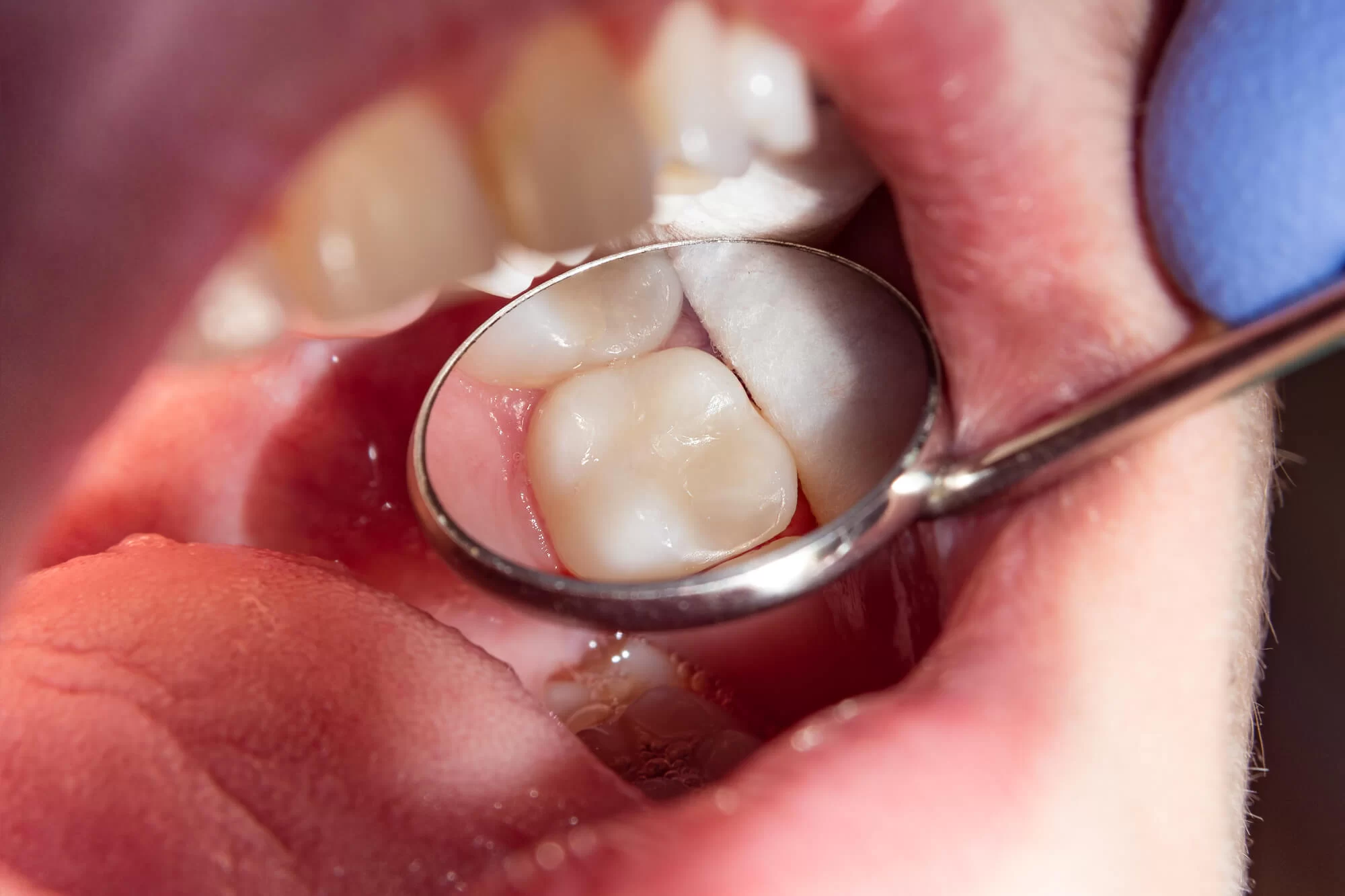
How to Tell If You Need a Root Canal or Just a Filling: A Comprehensive Guide
- Signs You Might Need a Root Canal
- What Is a Filling and When Do You Need One?
- Root Canal vs Filling: Key Differences
- What to Do Next: Choosing the Right Treatment
Signs You Might Need a Root Canal
When you're dealing with tooth pain, it can be difficult to know whether you need a simple filling or a more complex root canal. There are several signs that can help you determine whether it's time to consider a root canal. If you experience constant or severe pain, especially when chewing or touching the tooth, it could be a sign that the pulp inside the tooth is infected. This is one of the first indicators that a root canal may be necessary.
Other signs include sensitivity to hot or cold that lingers long after the stimulus has been removed. If your tooth starts to discolor or develop abscesses, it could also indicate a deeper infection that requires a root canal. Always consult a dentist if you experience these symptoms, as ignoring them can lead to further complications.
What Is a Filling and When Do You Need One?
A filling is typically used to repair a cavity in a tooth caused by decay. If you notice a small crack or cavity, or if your dentist identifies one during a routine exam, a filling is usually the recommended treatment. Fillings restore the tooth's structure and function, and they are often the first line of defense against tooth decay.
Unlike a root canal, fillings are generally a quicker and less invasive procedure. A filling is usually sufficient if the decay hasn't reached the pulp of the tooth or caused an infection. If you're unsure whether your tooth needs a filling or something more serious like a root canal, your dentist will be able to guide you through the decision-making process.
Root Canal vs Filling: Key Differences
Both root canals and fillings address tooth issues, but they do so in different ways. A filling is typically a straightforward procedure where your dentist removes the decayed portion of the tooth and fills it with a durable material such as resin or amalgam. This treatment is ideal for minor to moderate tooth decay.
In contrast, a root canal is a more involved procedure. It is required when the infection or damage extends to the tooth pulp, the innermost part of the tooth. During a root canal, the dentist removes the infected pulp, cleans the tooth, and then seals it to prevent further infection. While fillings can often restore the function and appearance of a tooth, a root canal is necessary when the infection is deeper and could affect your overall oral health.
What to Do Next: Choosing the Right Treatment
If you're still unsure whether you need a root canal or just a filling, the best course of action is to see a dentist. A professional evaluation will determine the extent of the damage and guide you toward the appropriate treatment. It's always better to address tooth issues early before they worsen and lead to more serious problems, such as abscesses or tooth loss.
If your dentist recommends a root canal, don't worry—while the procedure may seem intimidating, it is a common and safe treatment that can save your tooth and prevent more severe issues down the line.
To learn more about root canals, fillings, or to book an appointment with a trusted dental professional, visit Dentistry Toothtruth. Taking care of your dental health now can help you avoid more complicated treatments later.







 Palo Verde Smiles formerly known as Critchfield Dental4.0 (170 review)
Palo Verde Smiles formerly known as Critchfield Dental4.0 (170 review) Edward Feins, DMD PA4.0 (1050 review)
Edward Feins, DMD PA4.0 (1050 review) Perfect Smiles of Bensalem4.0 (98 review)
Perfect Smiles of Bensalem4.0 (98 review) Cash Family Orthodontics4.0 (141 review)
Cash Family Orthodontics4.0 (141 review) St Anthony Park Dental Care: Grossmann, Todd A DDS5.0 (4 review)
St Anthony Park Dental Care: Grossmann, Todd A DDS5.0 (4 review) Blue Creek Dental4.0 (46 review)
Blue Creek Dental4.0 (46 review) The Importance of Oral Health Education During Pregnancy for a Healthy Pregnancy
The Importance of Oral Health Education During Pregnancy for a Healthy Pregnancy Best Tips for Brushing Your Teeth Properly for Healthy Gums: Essential Techniques for Oral Health
Best Tips for Brushing Your Teeth Properly for Healthy Gums: Essential Techniques for Oral Health Why Skipping Dental Checkups Can Lead to Bigger Oral Health Problems
Why Skipping Dental Checkups Can Lead to Bigger Oral Health Problems Advantages of Porcelain Dental Restorations
Advantages of Porcelain Dental Restorations How Can Diabetes Cause Tooth and Gum Problems? Preventing and Managing Oral Health Issues
How Can Diabetes Cause Tooth and Gum Problems? Preventing and Managing Oral Health Issues Healthy Habits for Promoting Good Oral Health and Hygiene: Tips for a Healthy Smile
Healthy Habits for Promoting Good Oral Health and Hygiene: Tips for a Healthy Smile